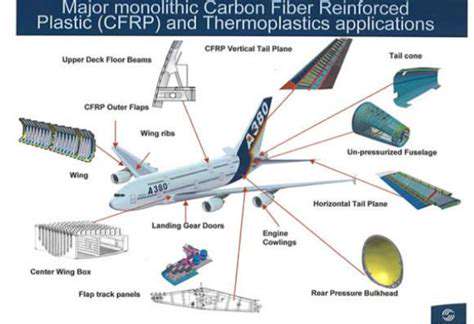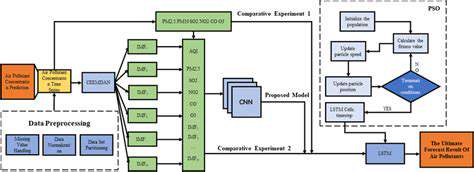
Dawn's Mission Overview
The Dawn mission, a pioneering space exploration endeavor, stands as a testament to humanity's insatiable curiosity about the solar system. Launched in 2007, this robotic spacecraft embarked on a remarkable journey to study two of the most intriguing celestial bodies in the asteroid belt: Vesta and Ceres. This mission was a crucial step in understanding the early solar system's formation and evolution. Dawn's primary objective was to characterize the geological and compositional diversity of these dwarf planets, providing invaluable insights into the processes that shaped the early solar system.
Dawn's innovative design allowed for a unique approach to planetary science. Utilizing ion propulsion, a technology that is more fuel-efficient than traditional chemical propulsion, the spacecraft was able to achieve a prolonged mission duration, enabling a detailed study of both Vesta and Ceres. This advanced propulsion system was instrumental in the spacecraft's ability to achieve multiple orbits around each target, thereby enabling comprehensive observations.
Vesta: A Protoplanet's Story
Vesta, one of the largest objects in the asteroid belt, offered a unique opportunity to study the formation of protoplanets. Dawn's close-up observations revealed a surprisingly diverse landscape, showcasing evidence of ancient volcanic activity and impact cratering. The mission's data provided compelling evidence for the existence of a differentiated interior structure, with a metallic core and a rocky mantle, mirroring the structure of terrestrial planets like Earth.
Analyzing the surface composition of Vesta, Dawn's instruments detected the presence of various minerals, including olivine and pyroxene. These findings shed light on the early solar system's chemical processes and the conditions under which these building blocks of planets formed. The detailed mapping of Vesta's surface features, including its prominent impact basins and volcanic regions, provided a crucial piece to the puzzle of planetary formation.
Ceres: A Dwarf Planet's Secrets
Ceres, the largest dwarf planet in the asteroid belt, presented a different set of scientific challenges. Unlike Vesta, Ceres displayed a remarkable diversity of surface features, including bright spots and a possible subsurface ocean. Dawn's observations revealed a surprisingly complex geological history, with evidence of cryovolcanism, a process involving the eruption of water ice rather than molten rock.
The discovery of evidence for a possible subsurface ocean on Ceres was a significant breakthrough. This discovery raises intriguing questions about the potential for habitability within the solar system, extending beyond the conventional understanding of planetary environments. The observations of hydrated minerals and water ice further strengthened the hypothesis of a significant amount of water within the dwarf planet's interior.
Scientific Impact and Future Directions
The Dawn mission has revolutionized our understanding of planetary science, particularly concerning the formation and evolution of bodies in the early solar system. The data collected by Dawn has provided crucial context for ongoing research on the formation of planets and the distribution of water in the solar system. The mission's success has inspired further exploration and investigation into the mysteries of the asteroid belt and beyond.
The detailed information gathered by Dawn has fueled numerous follow-up studies and research projects. Scientists are now using the data to refine models of planetary formation and to explore the potential for habitability in similar environments. The Dawn mission's legacy extends beyond its scientific discoveries, inspiring future missions and fostering a deeper appreciation for the wonders of our solar system.
Future Implications and Ongoing Research

Potential for Increased Efficiency
The ongoing refinement of these processes promises significant improvements in operational efficiency. Streamlining workflows and reducing redundancies will undoubtedly lead to faster turnaround times and a notable decrease in resource consumption. This increased efficiency is not just limited to internal processes; it will also translate to better service delivery and a more responsive approach to customer needs. The potential for cost savings is substantial, making this an attractive prospect for businesses seeking to optimize their operations.
Furthermore, the implementation of automated systems will further enhance efficiency. Tasks that were previously time-consuming and labor-intensive will be handled with greater speed and accuracy. This automation will free up human resources to focus on higher-level strategic initiatives, leading to a more productive and innovative workforce.
Impact on Market Competition
The advancements in technology are expected to alter the competitive landscape significantly. Businesses that embrace these innovations will likely gain a competitive edge, while those that lag behind may find themselves at a disadvantage. Companies needing to adapt quickly will benefit from the ability to respond to market shifts and customer demands more swiftly. This dynamic environment requires constant vigilance and a proactive approach to staying ahead of the curve.
The enhanced capabilities presented by these advancements also mean that new market entrants may emerge, introducing novel products or services. This could result in a more diversified marketplace and greater choice for consumers.
Advancements in Product Development
These innovations will undoubtedly accelerate the pace of product development, enabling the creation of more sophisticated and feature-rich products. Faster iteration cycles and improved design tools will result in quicker time-to-market, allowing businesses to respond more effectively to evolving customer preferences. This rapid development cycle will create a more dynamic and competitive marketplace, where innovation is paramount.
Technological Integration and Integration Challenges
The integration of these new technologies into existing systems will present certain challenges. Careful planning and meticulous execution are crucial to ensure a smooth transition and avoid potential disruptions to existing operations. Training and upskilling of personnel will also be essential to ensure a successful adoption of these new tools and processes. Addressing these challenges effectively is vital for maximizing the benefits of these advancements.
Long-Term Societal Implications
The long-term societal implications of these developments are multifaceted and deserve careful consideration. Job displacement in certain sectors is a potential concern that needs to be addressed proactively through workforce retraining and development initiatives. The equitable distribution of the benefits derived from technological advancements is also crucial to avoid exacerbating existing societal inequalities. A responsible and thoughtful approach to these technological advancements is essential for maximizing their positive impact on society.











